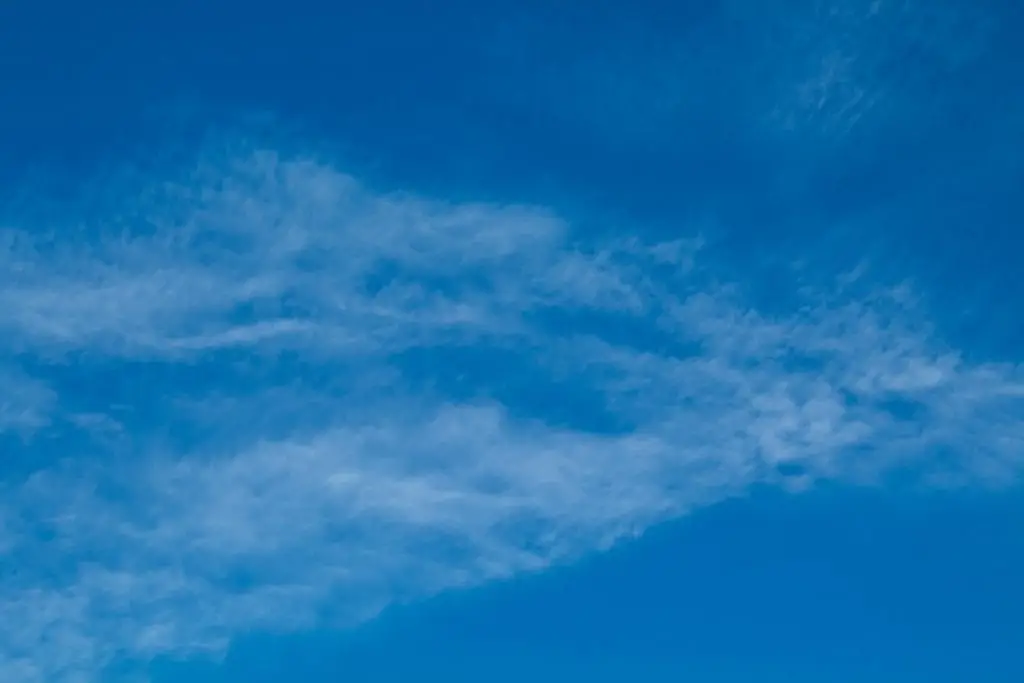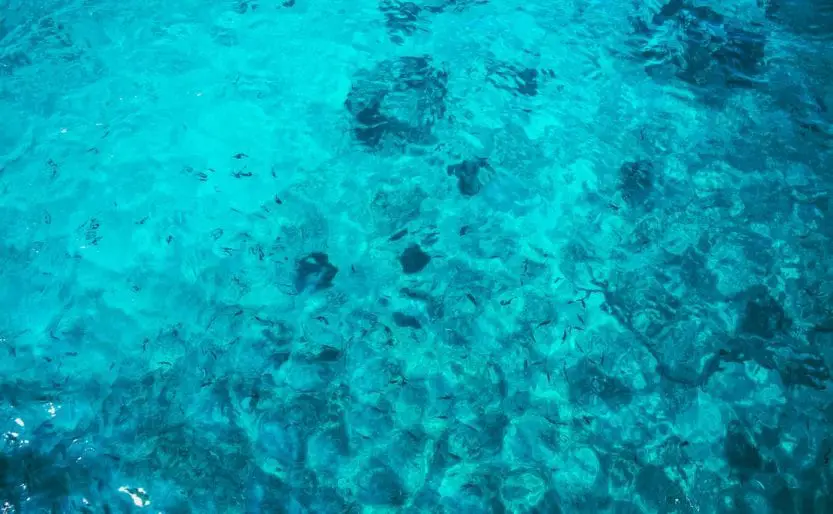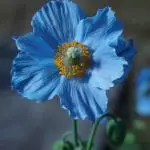Blue in the natural world
Blue is a universally acknowledged favorite color. It is widely thought of as being the most used, be it for commodities, like blue jeans, or in things we see. Among males and females, equally, the color blue strikes a chord. People in diverse countries, as those of Europe and Asia, love the color blue unanimously.
This fact, as research has indicated, is probably because, over years and years, humans are most used to seeing the color. Things that are blue are seen throughout nature. We can’t help but see it. When we wake up every day, we see the blue sky. If we live by the sea, we see the ocean that is blue. There are blue flowers in nature, and blue birds in the sky, not to mention, blue fish in the sea.
There is so much blue in nature, but we are left to wonder how it gets there. How does the natural world produce the color blue in living things? Let’s try to explain the science behind these questions.
The blue planet
Consider this – Mars is the planet that is red. The moon appears an ashy gray-white. The sun looks like a brilliant and blinding whitish yellow fireball. Saturn is a planet that shines a shimmering yellow. Our planet, the Earth, when viewed from space, looks a vibrant blue. This is the case whether we see it from just above our world, or whether we perceive it from outer space.
The planet, in its entirety, is not blue. The clouds are, of course, white. This is because the clouds themselves reflect the white sunlight out at all us viewers who see it. At the poles, the ice appears as white in the same way. Likewise, the continents seem brown or green according to the seasons and the state of the terrain. So, as much as we‘d like to think that the Earth is blue because the sky or the atmosphere is, we‘re wrong. If that were true, the light reflecting off its surface would be blue colored, wouldn’t it? We don’t see that.
What we do see as the blue parts, and those are a lot of parts, are the seas and oceans of the Earth. Majority of the Earth consists of water. The various shades of blue that we see are the many water shades. Where the water is deep, the color blue is a darker, richer blue. Where the water is shallow, along continental shelves, the water is a lighter blue. This lighter shade is a cyan blue. Of all blue things, the Earth may likely be one of the largest things that are blue, besides some other planets and stars. Some stars are also blue.
The sky
In the day time, the sky looks blue. This is due to a phenomenon that we’ve all learned about in our school Physics textbooks. Only we’ve forgotten. The phenomenon is known as the scattering of light. Short wavelength light hits the Earth’s atmosphere and gets scattered in every direction. More of the blue color wavelength is perceived by our eyes than any other hue. So we see it as blue.
Blue in the planets
Two planets, namely Neptune and Uranus, in our own solar system, are blue. The color blue of these planets is not caused by the color blue of the Earth. Rather, the atmospheres of both Neptune and Uranus contain a gas called methane, which causes the planets to look blue. Methane swirls around in the atmosphere of both these planets in huge amounts. Uranus has a bit of ammonia, which makes it look a bluish-green hue. The color of Neptune is a deeper, bluer, blue. In 2013, a new blue planet, with a purple hint, was discovered by NASA’s Hubble Space Station. This exoplanet, some 63 light years away from the Earth, was found to be orbiting its own orange star.
Blue in oceans and seas
Waterbodies, such as oceans and seas, are vast expanses of water. Water absorbs colors that are red in the spectrum of light. It leaves out the blue hues in the light spectrum, much like the action of a filter. As a result, we see only the blue part that is left behind. What kind of blue color do we see? Well, that depends largely on the depths of oceans and seas. The shallower the water body is, the lighter the color blue is. If the water is very deep, the blue appears darker and richer. What shade of blue we see also depends on how light bounces off other sedimentary material or particulate matter in water. This may vary in different water bodies.
Blue in the human body
The blood that courses through our veins appears a dark blue shade. In people with lighter skin tones, this is very prominent. Nonetheless, blood is never actually blue. It is always red. After blood is pumped to all parts of the body, it lacks oxygen as it travels back to the heart. This blood, depleted of oxygen, is a dark red color. It returns to the heart through veins. Veins appear blue because light penetrates the skin and makes them seem that way. It’s an optical illusion, that’s all, much like what happens when we see oceans that are blue.
Another part of the human body appears blue – our eyes. People born with blue eyes don’t have any blue pigment in the eye. What they do have is a lack of melanin. This is the substance that produces pigment in the eye. This is the same thing that produces skin pigment as well. In the same way that the sky and the seas and oceans get color, so do human eyes. Light gets scattered so that there is more blue light reflected back.

Blue insects and butterflies
Mammals have blood that is largely composed of iron. When this is exposed to the air, it turns red. In most insects that are blue, blood called hemocyanin exists. This is composed of copper, which transports oxygen through their bodies. This produces a blue hue when air is exposed to it. Certain creatures that come under the class of insects are great examples of being “blue-blooded”. For instance, the Blue Shieldbug is a metallic cerulean blue. It secretes a putrid odor and is harmful to crops and plants. It primarily lives and breeds in parts of Eurasia and North America. The creature thrives in damp areas, marshland, moors and grasslands that are wet. An arthropod, the Emperor Scorpion, appears black, but is really a very dark shade of blue. Under ultra-violet light, its body appears a bright blue.
The Blue Morpho Butterfly is one of the bluest butterflies around. Beautiful and large things that are blue is what this creature exemplifies. It is one of the world’s largest butterflies, with a wingspan of 5 – 8 inches. The butterfly boasts an iridescent blue color because of microscopic scales located on the back of its wings. These reflect light and we see them as blue.
Blue aquatic creatures
There are wonderful fish and amphibians that are blue. These creatures are among the most intriguing things that are blue that you will ever set your eyes on. Depending on the habitat that Blue Poison Dart Frogs live in, they come in a number of colors. Colors are elaborate to ward off predators. Their most vibrant color is blue. The creatures get this color due to aposematic coloration, whereby it is postulated that they use plant-based pigments and molecules to produce this color physiologically. They are native to parts of South America.
Blue Ribbon Eels genetically produce the color blue in their bodies, but they are born with black skin. The Blue Tang Fish (“Dory” in Finding Nemo, the film), naturally produce the color blue most brightly when they are in a dangerous or “stressful” situation. Blue Crabs are decapods with blue claws and bluish-gray bodies. They get their blue hue by a blue pigment that is produced in their bodies. This is known as alpha-crustacyanin.
Birds that are blue
Seeing a bird that has the color blue flying past you is one of the most fascinating experiences among things that are blue. Many birds are blue, and they are one of the most endearing categories of nature. Out of birds that are blue, we know about the regal blue Indian Peacock, the Blue Finch, the Bluebird, the Hyacinth Macaw, and many others. How do birds get their beautiful blue hues? It is certainly not pigmentation that causes it. The structure of the birds’ feathers causes the color blue. In each of these birds’ feathers, there are minute air pockets and crystals of melanin. These scatter blue light, while absorbing other color wavelengths. To an extent, you may call it pigmentation, since a tiny degree of melanin is involved.
Flowers of blue
To cause themselves to be blue, foliage and flowers perform a process. Plants and flowers have the ability to “modify” anthocyanin pigments to create the color blue. These are complicated changes that we don’t know much about, but they obviously happen. Alterations such as these, in combination with reflected light that travels through the pigments, creates the blue color on the surface of flowers like Delphiniums, Bluebells and Cornflowers.



